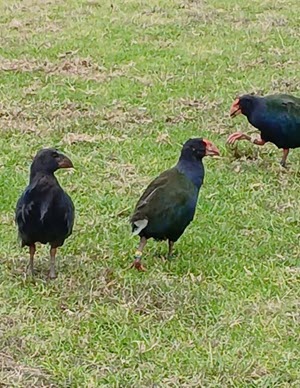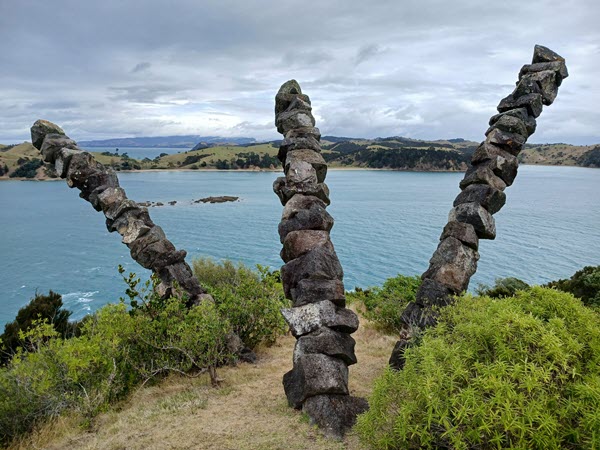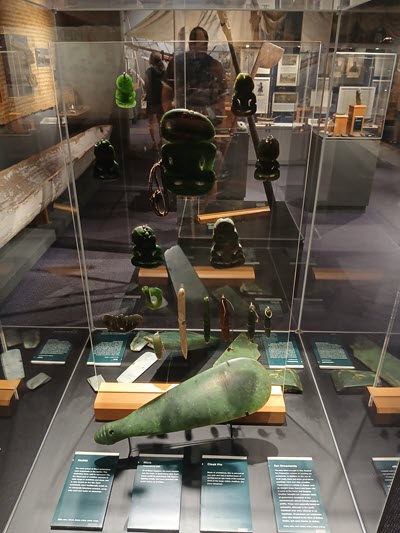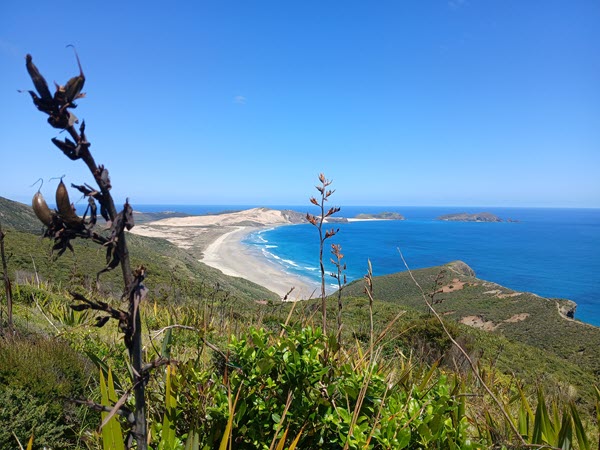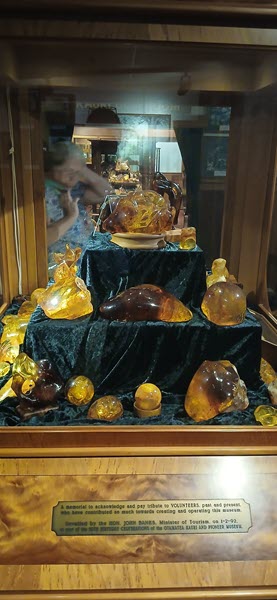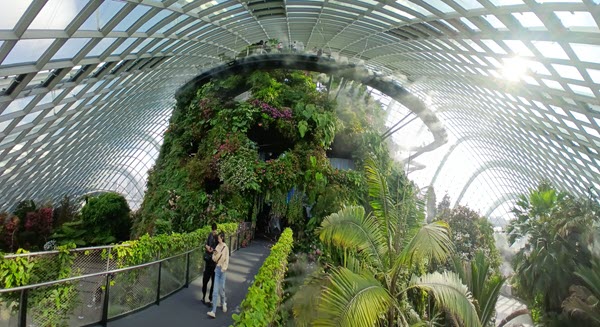Our UK staff member, Alex von der Becke, recently visited Aotearoa New Zealand.
I was very privileged to once again visit Head Office and connect with the team. The last time I had been was February 2020, just before the worldwide Covid epidemic struck. After working for four days in Auckland, I then had a week off to conduct a driving tour around North Island. On my way back to the UK, I broke the long journey by spending one night in Singapore. Here is a small selection of interesting places that I visited on my travels.
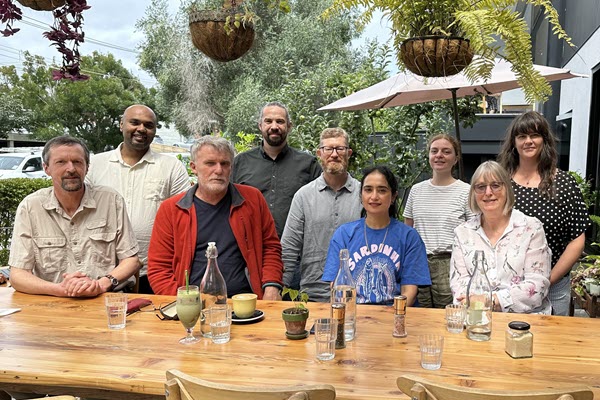
Rotoroa Island
An island in the Hauraki Gulf covering 200 acres, it was used by The Salvation Army as an alcohol and drug rehabilitation facility for almost a century, closing in 2005. Since 2008 it has been leased to the Rotoroa Island Trust and is now being restored as a wildlife sanctuary, including being part of a Takahe recovery programme.
The interesting museum contains photographs, artefacts and oral history which document the lives of staff and residents during its Salvation Army days. There are also numerous footpaths and a stone sculpture by Chris Booth entitled Kaitiaki (Guardian of the Island), located at the island’s southern point.
Russell Museum/Te Whare Taonga o Kororāreka
Accessed via a small passenger ferry from Paihia in the Bay of Islands, this little museum opened in 1956. The largest exhibit is a one-fifth scale model of Captain Cook’s Endeavour, built by Auckland model-maker Ralph Sewell, but there are also lots of other interesting artefacts including greenstone (pounamu) weapons, ornaments, and carvings.
Cape Reinga (Te Rerenga Wairua)
This is the northwestern most tip of the Aupōuri Peninsula, at the northern end of the North Island of New Zealand. The long trip along State Highway 1 is well worth it once you are greeted by the spectacular coastline either side of the iconic lighthouse which was built in 1941.
Te Ahu Museum, Kaitaia
This museum (which happens to use Vernon CMS and Browser to document and publish their collection online — explore the Te Ahu Museum collection!) hosts an impressive collection that illuminates the stories and histories of the Far North District (Te Hiku o te Ika) of New Zealand.
I particularly enjoyed seeing the artefacts in the section devoted to Kauri gum (kāpia) digging. The fossilised gum, a resin from Kauri trees, was dug out of the ground. It became Auckland’s main export in the second half of the 19th century, being used to make varnish, but by the 1930s cheaper, synthetic alternatives were developed so the industry started dying out.
Kauri Museum, Matakohe
Home to the world’s largest Kauri slab, the 22.5 metre long Balderston Kauri, the museum exhibits different aspects of Kauri wood, such as fine furniture, the machinery and tools used to harvest and process it including a sawmill and a collection of over 100 chainsaws, as well as a stunning Kauri gum collection. The Sterling Wing has a recreation of a 1880-1920 six-room home with period furniture, fittings, and ornaments, showing how Kauri timber was used for building homes and making furniture. There is also a life-size recreation of a two-storey boarding house.
Gardens by the Bay
The Gardens by the Bay is an urban park spanning 260 acres in the Central Region of Singapore. Particularly striking are the two conservatories: the Cloud Forest and the Flower Dome, with incredible, twisting high-level walkways and housing plants and flowers from around the world.
